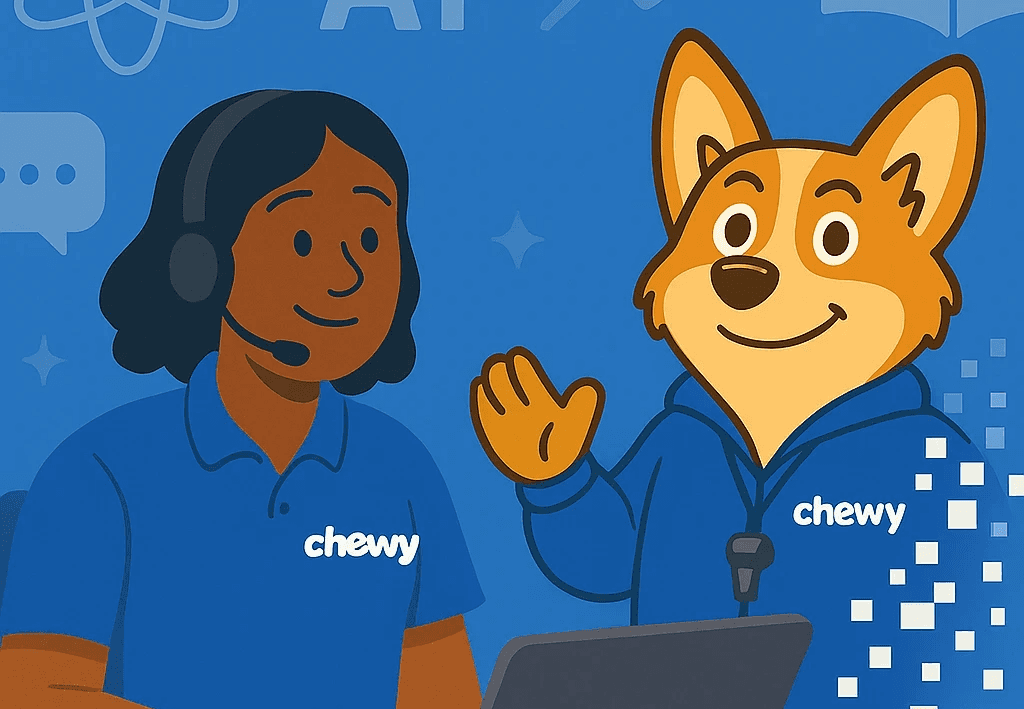Client
Microsoft
Audience
Customer Service Agents
Responsibilities
Co-Led Game Design and Development
Tools Used
Articulate Storyline
Adobe Illustrator
Reaper
Adobe After Effects
——————————————————————————————————————————————————————————-
Overview
Microsoft's customer service agents needed to effectively follow the company’s Standards of Business Conduct while supporting customers. To address this need, I co-led the design and development of an educational game called Undercover Agent, which taught agents how to apply these standards in a fun, engaging, and interactive way.
The Problem
Observations revealed that many agents were not consistently adhering to Microsoft’s Standards of Business Conduct, resulting in inconsistent support experiences and decreased customer satisfaction.
The Solution
To tackle this challenge, I proposed a scenario-based eLearning game that would provide agents with hands-on practice in applying the business conduct standards. This immersive approach offered a risk-free environment for agents to develop proficiency before interacting with real customers.
Our game design approach focused on gamification to increase engagement. Research showed that our agents were predominately Gen Z and Alpha and find gamified training experiences engaging.
Key Game Features
Engaging Multimedia: The game incorporated storytelling, animated cutscenes, and sound effects to keep agents immersed and engaged.
Gamification Mechanics: Agents were presented with missions to complete that aligned with specific business conduct standards. Successful completion of a mission rewarded agents with earning stars/items to track progress.
Personalized Learning: Agents entered their names at the start, and customers within the game would address them by name. The game also featured adaptive feedback based on the agents' decisions.
Scenario-Based Training: The game simulated real-life customer interactions, allowing agents to make decisions that reinforced the importance of following conduct standards.
——————————————————————————————————————————————————————————-
Action Mapping
I used action mapping to identify the key standards agents were failing to follow. Through internal research and interviews with stakeholders in Microsoft’s contact centers, I gained insights into the areas where agents needed the most improvement. These insights informed the design of game activities focused on the successful application of business conduct standards.
——————————————————————————————————————————————————————————-
Design Blueprint
A rapid prototype was created using Adobe Illustrator, Adobe After Effects, Reaper, and Articulate Storyline, incorporating Microsoft's branding and intuitive user interfaces. Key features of the prototype included:
Prototype
Story
The storyline follows a Director of Customer Escalations who has a nightmare about agents not following business conduct standards.
Intro Video
Upon clicking Start, a cutscene plays, setting up the game.

Click Play to watch the introduction video PT1.
He then tasks you with going undercover as an agent to uncover how to prevent this from happening.



Click Play to watch the game introduction video PT2.
Game Design Highlights
Personalization
Learners input their names, and throughout the game, customers address them personally, boosting engagement.


Instructions
Learners receive instructions on their objectives and how to navigate the game.


Office Map
Learners click on a cubicle.

Learners interact with agents on a specific conduct standard and assist by supporting a customer and choosing from a list of possible responses.

Choices range from bad to best, making the scenarios interactive.

Best Answer: Earns a full star.

Ok Answer: Earns half a star.

Bad Answer: Leads to an automatic failure, requiring the scenario to be restarted.

Click Play to watch the fail cutscene animation.
Scenario Completion
Earn three stars to pass the scenario and unlock a prize for your cubicle as a reminder of the standard.





Progress Tracking
Once all scenarios are completed, learners meet with the director in VR, where the importance of the standards is reinforced.


Click Play to watch the end video of the game.
—————————————————————————————————————————————————————————
Full Development
Once the prototype was approved, full development began, including enhanced introductory videos and additional scenario-based activities. I worked closely with stakeholders to incorporate their feedback and ensure the training was aligned with business goals.
——————————————————————————————————————————————————————————-
Evaluation Process
Using the Kirkpatrick model, I assessed the training's effectiveness at multiple levels:
Reaction: Post-training surveys indicated high learner satisfaction, surpassing previous benchmarks.
Learning: 100% of agents successfully completed the training, with feedback validating their understanding of Microsoft’s business conduct standards.
Behavior: Supervisor feedback and post-training assessments revealed that agents significantly improved their adherence to business conduct standards.
Results: Data showed a measurable increase in customer satisfaction, as evidenced by improved Net Promoter Scores (NPS).
——————————————————————————————————————————————————————————-
Conclusion
The Undercover Agent game highlighted the power of gamification in improving training outcomes. By simulating real-world customer interactions, the game helped agents internalize Microsoft’s Standards of Business Conduct, leading to overall agent performance and increased customer satisfaction.
——————————————————————————————————————————————————————————-


